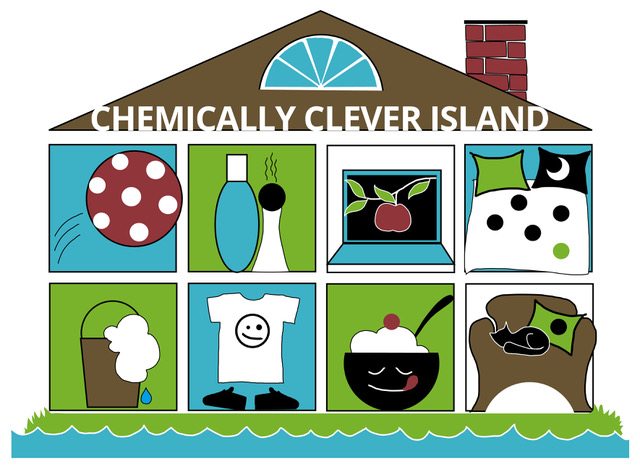Chemically Clever Kitchen - Advise for a kick start
Cook from scratch
Convenience food, bread and things you put on your sandwich often contain lots of synthetic additives, like color, preservatives and hydrogenated fat. Flavor enhancers and flavouring compensate for real ingredients with real taste.
Read the table of contents
A beautiful package or words like ”traditional” or ”baked with love” is no quality proof. Check the table of contents instead. The ingredients on the top of the list constitute the main part of the product. Do you want to eat them? How much of the ”main ingredient” marketed on the package is there? A short table of contents usually means less additives.
Increase the proportions of organic
Locally produced food is better than food transported long distances and maybe grown in countries using more spraying. By also choosing organic food you avoid remains of pesticides in fruit, vegetables and cereals. The rules for production and use of additives are usually stricter too. The same goes for meat and dairy products, if you don’t know how the animals are treated and fed.
Go for variety, enjoy the seasons
Eating by season increases the chances to find both locally produced and organic and great taste. Variations on the menu give nutritious advantage, and at the same time diminishes the risk of eating too much of certain chemicals.
Go veggie
A vegetarian diet is not only good for the climate but also chemically clever. More environmental toxins are accumulated in animals than in plants. Start with one vegetarian day a week.
Choose by the package
Plastics are hard to avoid, since most food are sold wrapped in different kinds of plastic. When there is an alternative, though, you can make a conscious choice. Rather cardboard than plastic. Rather a glass jar or tetra than the ordinary metal can: the lacquer on the insida can contain endocrine disruptive Bisphenol A. And of course: bread, fruit and vegetables on bulk when possible.
Replace the teflon pan
Perfluorinated substances are used in cookwear as a non-stick coating. But they are almost non-degradable and hazardous for both the human body and the environment. Replace containers with non-stick coating with stainless steel, cast iron or carbon steel.
Decrease the plastics
Plastic can contain heavy metals, endocrine disruptive softeners and bisphenols. So called food plastic (sometimes marked with the ”glass and fork icon”) is considered harmless, but all substances are not examined. The less your food is in contact with plastic, the better. Hot, sourish or greasy food must not be stored in plastic containers. Use a plate as a lid for the left-overs instead of plastic foil. Plastic in the freezer is OK, but melt and heat in another container. Let the thick oilcloth and the vinyl gloves go. Replace the plastic in your kitchen with materials like stainless steel, glass, porcelain, wood, cardboard, paper and textile.
